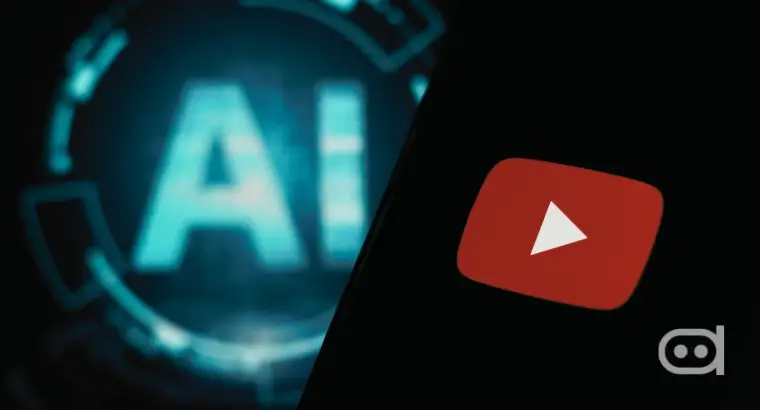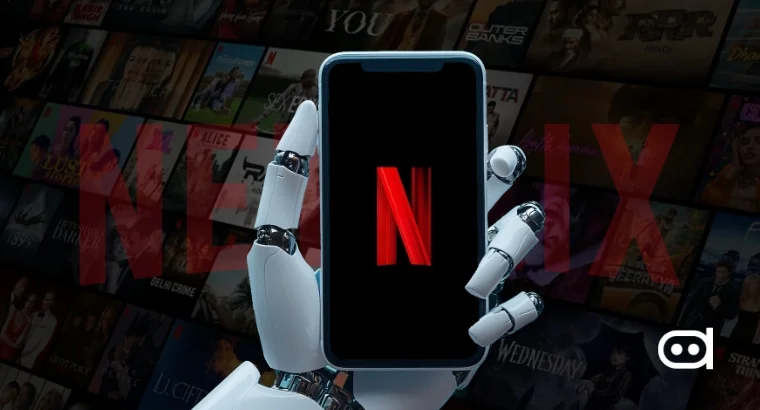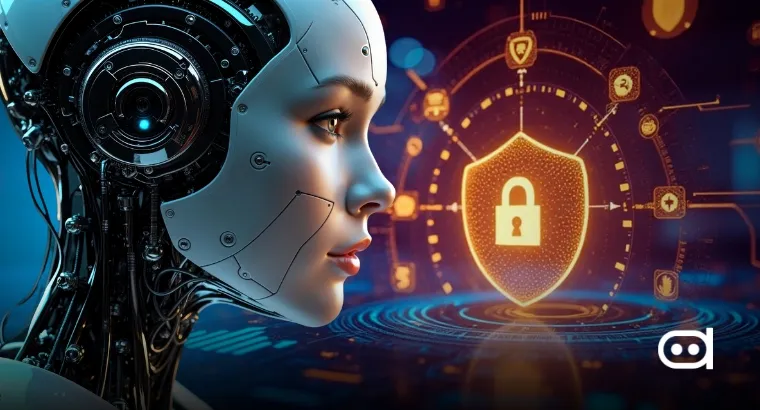
With the increased adoption of artificial intelligence in various fields of technology comes concerns over the invasion of privacy. To this effect, YouTube recently rolled out a new policy that seeks to curb the use of AI to clone people’s faces and voices in videos uploaded to their channels. This policy enables an individual to request the removal of videos that have incorporated artificially generated or manipulated content in the form of impersonation. This is a major achievement in ensuring that AI’s responsible and ethical use is enhanced on the platform.
In the ongoing discussions in the IT industry about the ethical impacts of artificial intelligence, Meta’s view that all uploads made by users are “AI-generated” is being critiqued. With this in mind, YouTube’s new policy seeks to empower its users by allowing them to report content that infringes on their rights rather than categorizing it as fake news.
According to the data obtained from the updated Help section of YouTube, they usually expect the identification details of the person who claims an infringement to be violated before the content is removed. However, there are some cases where this is not possible, and these may include the following: whenever the user is below the age of eighteen years, the user has no access to a computer, or the user has died. This demonstrates how YouTube has taken cautious measures to ensure that the privacy of users is respected while at the same time ensuring free speech.
The process of assessing these appeals includes several aspects. As noted, YouTube will consider whether the material states that it is generated synthetically, whether it identifies a specific person, and whether the video falls into the parody/satire or the realm of substantial public interest. Other aspects include whether the material features famous people or celebrities, such as involvement in criminal activities, violence or intimate scenes, and advertising or campaigning for political leaders.
Once the complaint is filed, the creator of the video has 48 hours to respond to the complaint before the case is subjected to an official review by YouTube. If the creator has removed the content during this period due to the complaint, then it is considered to have been addressed. However, if the content stays, it is up to YouTube to decide whether it has to ban the content or take further measures, such as deleting the name of the person mentioned in the title, description, or tags of the video.
Furthermore, YouTube has admitted that simply responding to removal requests by making a video private also does not work because the user can easily reset the privacy option again at any time. This rule builds upon their previous notices, which claimed that merely labeling a video as synthetic does not prevent deletion if it contravenes YouTube’s Community Guidelines.
The most recent change in YouTube policies can be understood as a tendency in the industry to implement AI effectively within the platform’s frameworks where individual privacy rights shall not be violated, and the advances in creative and technological worlds shall not be slowed down. This is especially true in today’s technological society, where there is often a fine line between realistic and fake media. Therefore, this poses both challenges and benefits regarding developing and distributing content.





